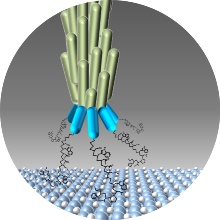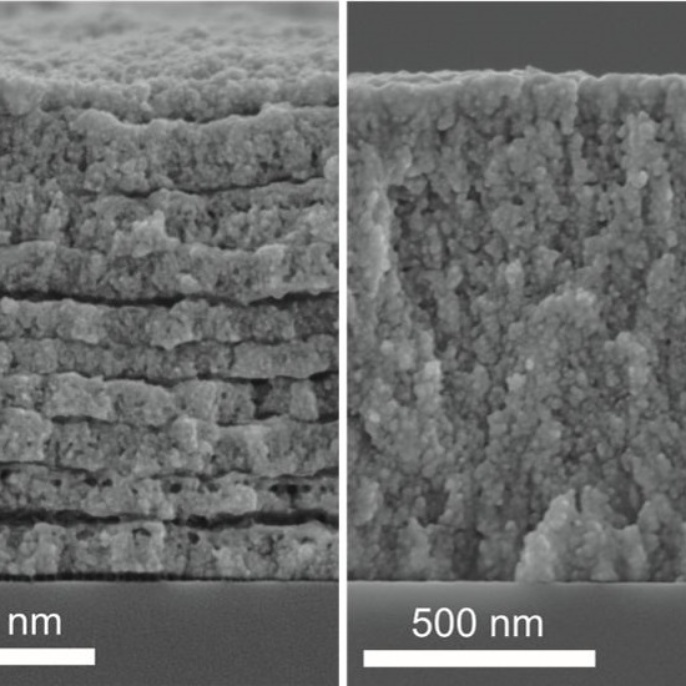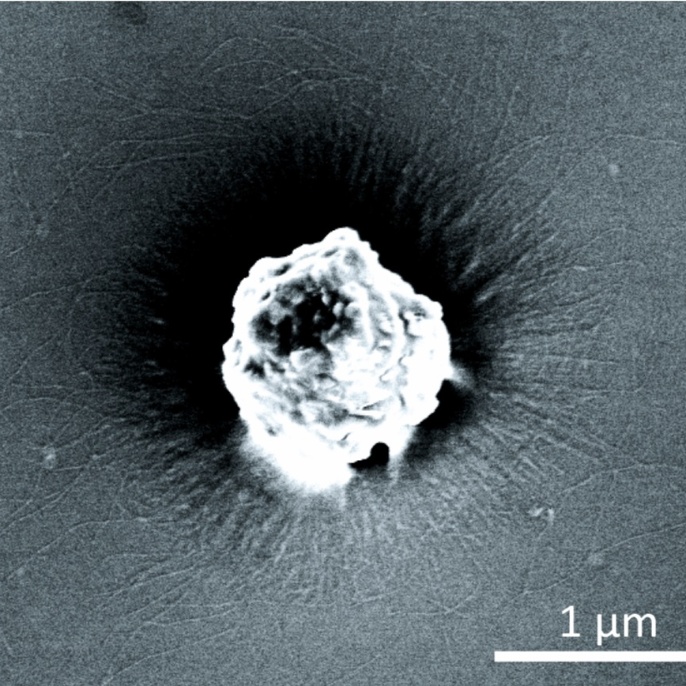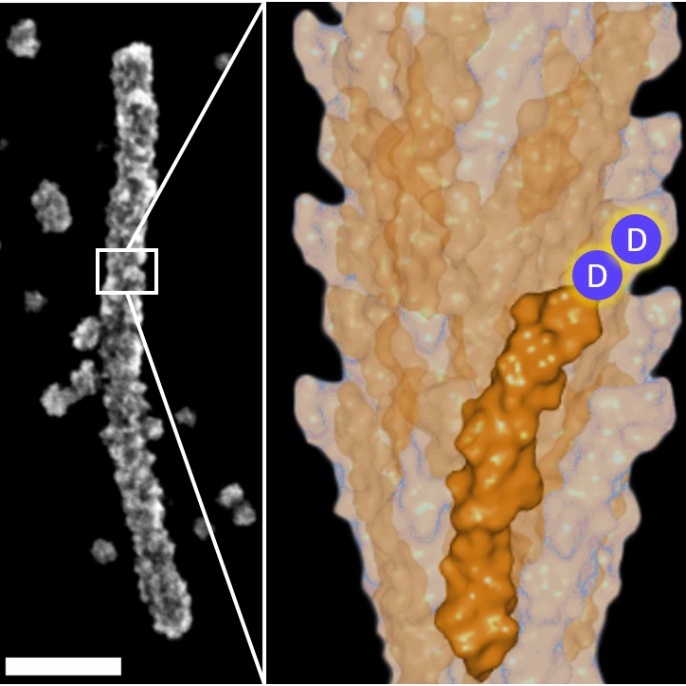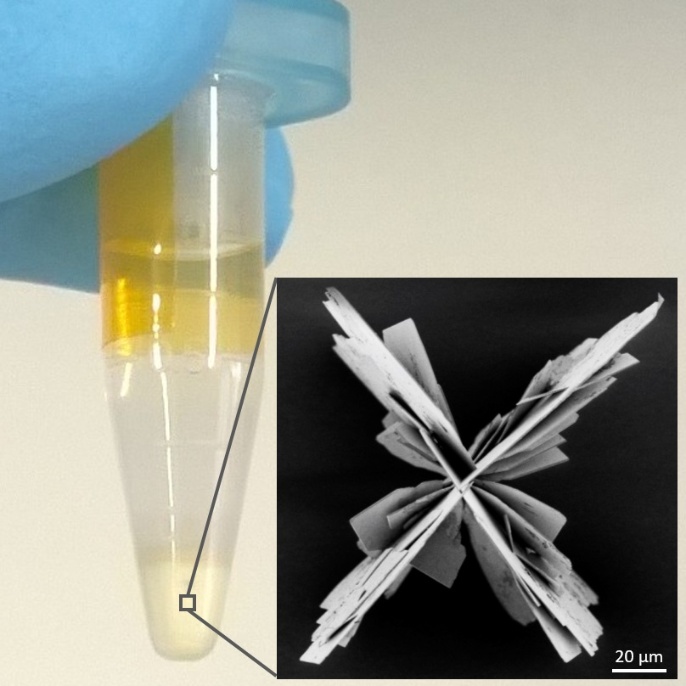Designer-Peptide & Bioinpirierte Synthese
Natural biomineralization processes are transferred for the laboratory use. The underlying mechanisms of material synthesis and structuring are investigated.
Our model system is the sea urchin. From its calcium carbonate skeleton proteins are isolated, which control the mineralization of calcium carbonate in the test tube (in vitro). What kind of Desinger Proteins can achieve this control is a current research topic.
In cooperation with Prof. Franz Brümmer, University of Stuttgart, Institute of Biomaterials and Biomolecular Systems, Department of Biobased Materials.
By using drop-based microfluidics (microfluidic droplets), the partition of a cell into smaller reaction spaces (compartmentalization) is mimicked. This controls the in vitro mineralization, just like in natural cells. Many different reaction conditions can be tested in parallel and the reaction conditions can be precisely controlled.
In cooperation with Dr. Fania Geiger, Max Planck Institute for Medical Technology, Department of Cellular Biophysics.
Bakteriophages as molecular building blocks
Bacteriophages are molecularly addressable biological nanowires that are suitable as biotemplates (scaffolds) for the deposition of inorganic functional materials. Molecules can be chemically (covalently) coupled to the caot proteins of phages or biochemical functions can be altered by genetic engineering. Phages as biotemplates allow the synthesis of inorganic materials under mild reaction conditions with technically interesting 2D and 3D structures. Thus, functional materials are synthesized in which the properties of the hybrid material are adjusted by the template. Possible applications are electronic components and medical implants.
Furthermore, modified phages are applied for self-assembling nano-architectures and novel enzyme-driven constructs. Genetic engineering and chemical linker molecules are used to couple the phage with micro- and nanoparticles and build network architectures. As a result, fully self-assembled, chemically active structures are built up and their influence on mass transfer and enzyme activities is investigated. This approach aims to develop high performance phage systems for synthesis, detection and locomotion.
In cooperation with Prof. Peer Fischer, Max Planck Institute for Intelligent Systems, Micro, Nano, and Molecular Systems Group.
Contact

Dirk Rothenstein
Dr.Group leader


